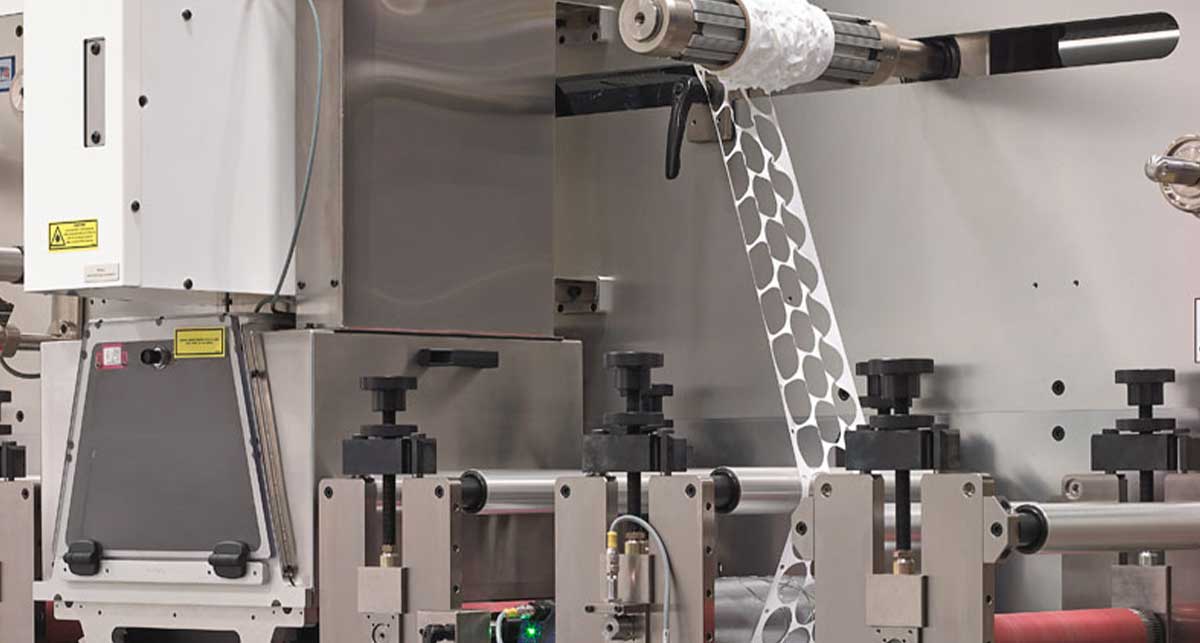Whether you’re working on a satellite launch or a 3D printer, flexible vibration damping materials help guarantee the stability and reliability of your process. Flexible materials are a lot more versatile than other potential solutions, and they tend to have a longer shelf life before degrading.
As a flexible material converter specializing in transforming material rolls into custom products, Strouse has spent nearly four decades helping develop vibration damping designs.
To achieve an effective vibration damping solution, we’ll need to review the types of materials, their applications, and the advantages flexible materials will have on your design. Let’s dive in.
What is Vibration Damping, and Why is it Important?
Vibration damping (also referred to as dampening or deadening) helps protect machinery from damage caused by vibration or resonance by dissipating the vibration energy.
When a machine continuously vibrates at the same frequency, the resonance may cause it to tear itself apart accidentally. Products like vibration damping gap pads can help protect delicate components in applications such as satellites and solar panels.
Common Vibration Damping Materials
To protect machines or components from vibration, companies often use flexible materials, such as:
- Acrylic foam tape (like VHB)
- Gap pads
- EVA/PE foams
- Polyurethane (like Bumpon or PORON foam)
- & more
These materials can include aluminum foil laminated to them (referred to as constraining layers) to increase the effectiveness of their vibration damping.
SELECTING A VIBRATION DAMPING MATERIAL
Many factors will impact the type of flexible material you should choose to reduce vibrations.
A material’s durometer, or hardness, may range from soft foams to hard plastic, so your choice will depend on your application’s needs. Depending on how long your damping material is compressed, you’ll also want to find the correct foam density or thickness.
In addition, consider whether your material requires adhesive. While certain damping applications may require adhesive, many gaskets and other vibration damping designs can excel without it.
Choosing the right material depends on your goals, design, and budget. Consult a converter before you decide on a design to ensure your material suits the product manufacturing process.
Using Flexible Materials for Vibration Damping
Due to their highly effective vibration control, companies often use flexible materials (such as foam) in vibration damping applications. The following are additional advantages you’ll discover when choosing flexible materials.
1. VERSATILE APPLICATIONS
Due to the variety in types of flexible materials and custom designs, there can be more multi-use applications. Vibration damping isn’t always the main goal of a product application but rather a side goal.
Many vibration dampeners are also used as gaskets and heat sinks for thermal and electrical conductivity. For instance, a thermally conductive acrylic foam tape could double as a vibration dampener.
Discussing your product’s objective with a converter will help you select materials and prepare your design with the right guidance and priorities to achieve your goals.
2. LIGHTWEIGHT SOLUTIONS
Flexible materials are often used in lightweight solutions, making them ideal for certain situations, like within the aerospace industry, where lighter materials are ideal for overall function. Using a flexible adhesive pad to bond two surfaces together may weigh less than the mechanical fastener equivalent.
3. AVOIDING MECHANICAL FASTENERS
Mechanical fasteners (bolts, screws, nails, etc.) are heavy, bulky solutions compared to flexible bonding materials.
Mechanical fasteners that come undone risk contributing to vibrations. In addition, metals other than the connected surface will rust and wear down over time, forming gaps that only leave more room for potential rattling.
Flexible bonding materials, such as heavy-duty acrylic tape, will hold powerful, long-term bonds without the risk of additional vibration.
4. NOISE REDUCTION
Large machines can make sounds loud enough to damage operators' ears. Many materials used to muffle sound (e.g., thick foams) also serve as vibration dampeners, so sound and vibration damping often go hand in hand.
5. EASE OF INSTALLATION
Most flexible materials, like adhesive tapes, are simple and fast to apply, especially when it comes to custom-cut parts or rolls. A converter will format vibration damping products based on your needs, making them easy to handle and quick to apply.
When building a product, you’ll want consistent, affordable parts that can benefit your project process.
It’s challenging to cut thick foam and rubber precisely, but working with an experienced converter will allow you to achieve your ideal vibration damping products.
Regardless of where you are in the process, a converter can bring you through the stages of product development to help design and build an effective final product that will reduce harmful vibrations.
Reach out above, or check out our Learning Center for more information about vibration damping solutions.







